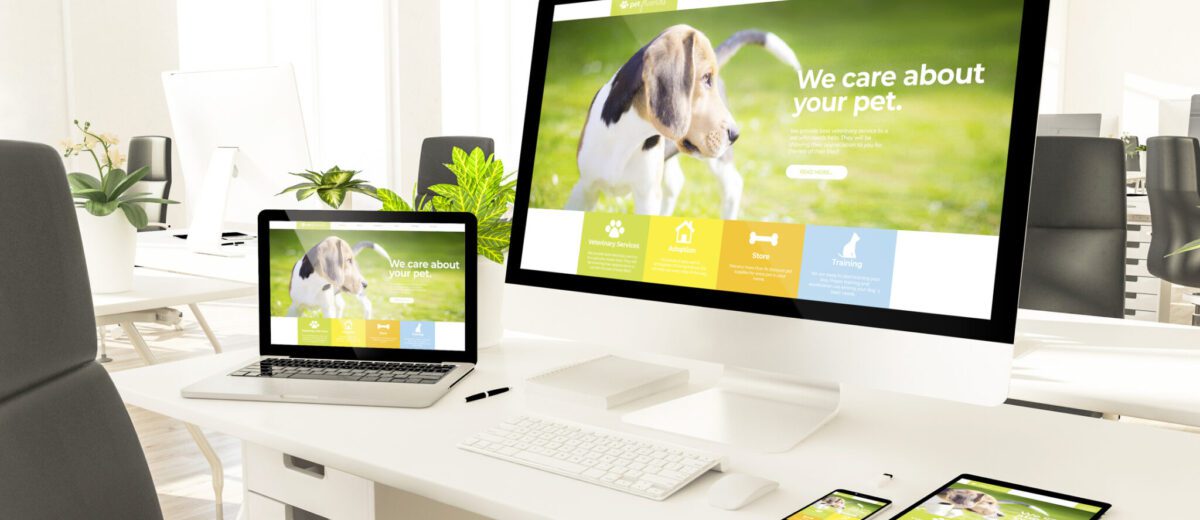Our Website Development Process
Starting a new website design project brings on both optimism and anxiety.
On the one hand, it’s happening. The old site is going away, and the potential to build something new is exciting.
On the other hand – it’s happening… how is this going to go?
Then it happens. The optimistic “We’ll figure it out” eventually turns into “I hope someone else will figure it out”.
Taking Control Of The Website Design Process
We want you to know there is a process, a plan, and a proven set of steps we use when designing and developing websites. Our process helps navigate both the big stuff and the little details that make a project successful. When you work with us, we want to make sure you end up a great product that helps your company or organization.
And does so without having you feel like you’ll need to figure it out on your own.
The Project Manager
Inside Sutherland Weston, we assign project managers to each client and every project. This helps to provide consistency and clarity in whom you can turn to with questions.
The project manager communicates and works with our in-house graphic design team and our in-house website design team. The project manager plays a key role in determining the goals, features, and functions for each website project, as well as allocating tasks to our team and clients.
The project manager will also be involved in the copy development process, the page flowchart design, and keyword focus discussions for search engine optimization and will ensure clients are familiar with how to use the websites we build for them.
Project Tracking Software
We use a web-based tool for our website design lead tracking and project management tasks. This helps to centralize our information from the very beginning and ensures as much as possible that all tasks, stages, files, goals, and pertinent information about a website design project live in a central location.
Design and Development Stages
Our website design projects are divided into various stages of development, each with its own specific value and purpose. They are:
✅ Overall Goals. Communication and collaboration between the project manager and the client to map out the features and functions of the website. Who are your customers, and how will we add value and attract more of them to your website?
✅ Menu & Page Flowchart. Mapping out the menu, its main pages, and supporting pages will make up the navigation for the website as a whole. We want visitors to get where they want to go as easily as possible.
✅ Interface Design. The custom process of creating the look and feel of the website is based on the business brand, the goals of the project, and the intended audience or audiences involved. We want visitors to quickly understand what you offer and how to get where they need to go, regardless of the device.
✅ SEO Worksheet. The keyword-focused approach is used to ensure individual pages within the website are constructed with the purpose of being found in Google. Utilizing best practices of content, programming, and planning, we can help increase the opportunity that Google will respect your site.
✅ Content Management System (CMS) Integration. Programming the custom graphics, features, functions, and page flowchart into the content management system. This is the brain of the website and how you will edit and manage your pages moving forward.
✅ Content. This process will typically take the most of your time.
✅ Content Review. A thorough review of grammar, forms, and functions to ensure your site is ready to be seen by the world.
✅ Quality Assurance / Go-Live Process. Includes testing to ensure all links work as they should, the website appears as it should across multiple browsers and devices, the overall functionality desired is operational, and the site is ready to be published for the world to see.
The Go-Live Process
Once the site is built and content is added, it’s time to review and prepare for the world to see your work. Our ‘go-live’ process involves the following components and is done by our team:
- We test our work in current versions of major desktop browsers,a including those made by Apple (Safari), Google (Chrome), Microsoft (Internet Explorer 11 and Edge), and Mozilla Firefox.
- We review links and images to ensure they work and present as intended.
- We ensure the domain is properly set to point to the new hosting environment.
- We test logging into the website.
- We test logging into any special feature areas.
- We test website forms to ensure they work and go to the right person.
- We set up Google Analytics to make sure we’re able to track and measure activity once the site goes live.
- We check any 301 redirects that were set up to make sure Google will see your content even though the location has changed.
- Several other smart and techy things are done by talented folks with fancy computers to make sure all is right for launch.
